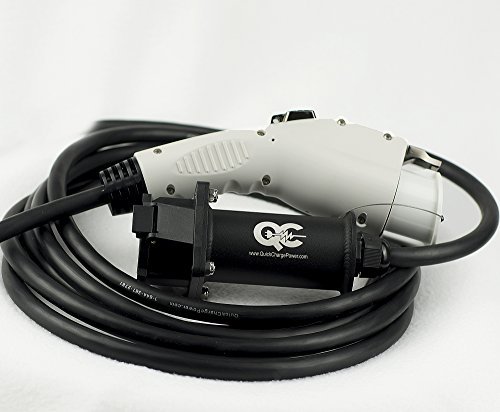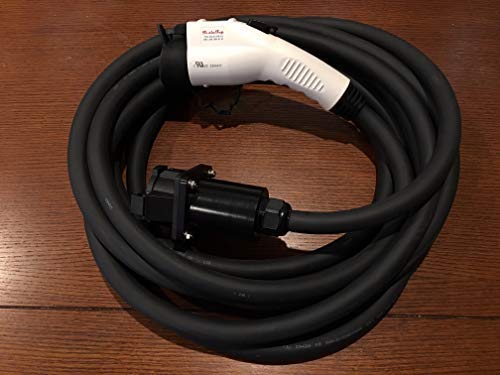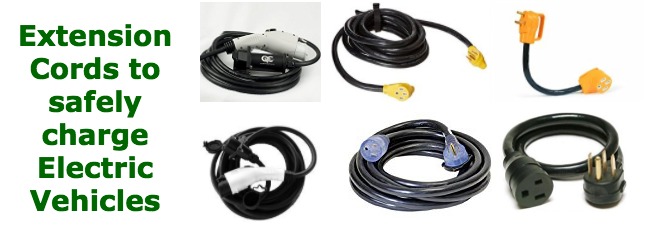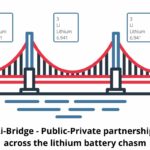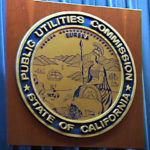The Energy Department (DOE) announced on Friday a $9 million investment meant to help homeowners and businesses save money while using less energy, and therefore have a smaller environmental impact. The investment is into “building envelope technologies” meaning items like better insulation in windows and roofs, and heating/cooling (HVAC) with higher efficiency.
“A typical American family spends nearly $2,000 per year on their home energy bills, and much of that money is wasted on air leaks and drafts in our homes’ roofs, attics, and walls. By bringing new, affordable energy efficient products to the market, we can help families save money by saving energy, while strengthening U.S. manufacturing leadership in technologies that are increasingly in demand worldwide,” said Energy Secretary Steven Chu.
The DOE announcement notes that while U.S. energy use per capita was fairly consistent from 1990 to 2007, but has fallen since because of energy efficiency improvements in space heating and air conditioning systems. Nearly 60% of homes now feature energy-efficient, multi-pane windows, up from 36% in 1993. The U.S. Energy Information Administration expects that energy use per capita will continue to fall by an additional 15% through 2040.
Despite these gains, additional improvements are needed. In a typical residential or commercial building, about 42% of energy is lost through doors, roofs, attics, walls, floors and foundations, known collectively as the building envelope. In winter, 10-20% of a homes utility bill is due to heat loss through windows.
Saving energy has two results. Because most “energy” comes through burning fossil fuels, reduced energy consumption means burning less fossil fuel and creating a smaller environmental impact. The other result is to save money on energy bills.
The specific projects are:-
United Technologies Research Center – High Performance Commercial Cold Climate Heat Pump (CCCHP) – East Hartford, Connecticut – Up to $1.5 Million – This project will develop and demonstrate a high-performance cold climate commercial heat pump system. The system will reduce annual electricity use for commercial building space heating in cold climates by at least 25 percent.
Unico, Inc. – Residential Cold Climate Heat Pump with Variable Speed Boosted Compression – St. Louis, Missouri – Up to $2 Million This project will develop a residential, air-source cold climate heat pump (CCHP) that can maintain capacity and efficiency even at very low temperatures.
Stone Mountain Technologies, Inc – Low-Cost Gas Heat Pump for Building Space Heating – Unicoi, Tennessee – Up to $1.5 Million – This project will develop a low-cost, gas-fired absorption air-source heat pump for high efficiency space heating to reduce heating costs by 30-45 percent compared to conventional gas furnace and boiler technologies.
University of Maryland – Miniaturized Air-to-Refrigerant Heat Exchangers – College Park, Maryland – Up to $1.5 Million – This project will design and build prototypes of miniaturized air-to-refrigerant heat exchangers with 10kW capacity with at least 20 percent less volume and 20 percent less material compared to traditional designs.
University of Idaho – Energy Efficient Integrated FRPconfined Sandwich Roof System – Moscow, Idaho – Up to $1.5 Million – This project will use a model home to develop and demonstrate an innovative sandwich roof system that uses foam material to significantly improve building thermal efficiency and can help reduce construction costs by 25 percent.
Lawrence Berkeley National Laboratory – Highly Insulating Residential Windows Using Smart Automated Shading – Berkeley, California – Up to $1.5 Million – This project will develop a cost-effective, easy-to-install window that can be programmed to automatically adjust to weather and climate conditions. This window technology will use a smart automated shading system to efficiently capture the sun’s heat in the winter and keep buildings cooler in the summer.
Find out more at http://energy.gov/energysaver/energy-saver![]() and http://www1.eere.energy.gov/buildings/
and http://www1.eere.energy.gov/buildings/![]()
- Is there enough Grid Capacity for Hydrogen Fuel Cell or Battery Electric cars? - April 23, 2023
- Is Tesla finagling to grab federal NEVI dollars for Supercharger network? - November 15, 2022
- Tesla announces the North American Charging Standard charging connector - November 11, 2022
- Lightning Motorcycles adopts Silicon battery, 5 minute charge time gives 135 miles range - November 9, 2022
- Tesla Autopilot under US Dept of Transportation scrutiny - June 13, 2022
- Spectacular CNG bus fire misrepresented as EV bus fire - April 21, 2022
- Moldova, Ukraine, Georgia, Russia, and the European Energy Crisis - December 21, 2021
- Li-Bridge leading the USA across lithium battery chasm - October 29, 2021
- USA increasing domestic lithium battery research and manufacturing - October 28, 2021
- Electrify America building USA/Canada-wide EV charging network - October 27, 2021




